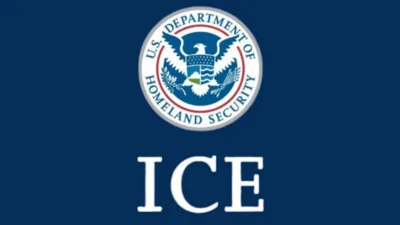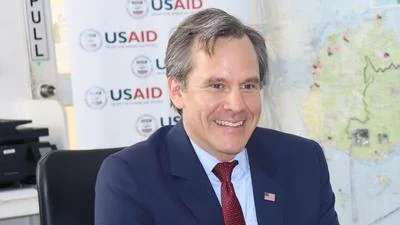U.S. Secretary of State Antony J. Blinken met with Foreign Minister Rashid Meredov of Turkmenistan in Washington D.C. recently to discuss the bilateral partnership and areas of cooperation between the two countries.
“Met with Turkmenistan Foreign Minister Meredov following today’s Annual Bilateral Consultations to expand on U.S.-Turkmenistan ties," Blinken said in an April 24 post to Twitter. "We discussed human rights, educational and economic partnerships, and other areas affecting our two countries.”
Blinken first spoke to the United States' "unwavering support for Turkmenistan’s sovereignty, independence, and territorial integrity," according to a State Department news release issued the same day.
During the meeting, Blinken and Meredov talked about cultural and educational partnerships and improving human and labor rights in Turkmenistan, the news release states. The two discussed cooperative approaches for promoting and protecting the rights of Afghan women and girls, regional developments, security cooperation, and opportunities for economic partnerships, according to the news release.
The Secretary also stressed the importance of reducing methane emissions to help mitigate the global climate crisis and suggested ways the U.S. might work with Turkmenistan to rapidly reduce methane emissions from the oil and gas sector, according to the news release. Methane gas is a potent greenhouse gas and a main contributor to climate change.
The National News reported this past October that scientists with the National Aeronautics and Space Administration (NASA) have tracked from space the world's biggest methane-emission spots and have located sites in Iran, Turkmenistan and the U.S. that are classified as "super emitters," the article reports.
Of the more than 50 "super emitters" located at the time, 12 plumes, some more than 32 kilometers wide, originated from oil and gas infrastructure east of the port of Hazar in Turkmenistan, the National News article reported. The plumes emitted around 50,400kg of methane per hour, according to the report.
A methane plume south of Iran's capital Tehran was determined to be approximately 4.8km wide and emitted 8,500kg of methane per hour; New Mexico's Permian Basin had a plume 3.3 km wide and emitting approximately 18,000 kilograms of methane per hour, according to the National News.





